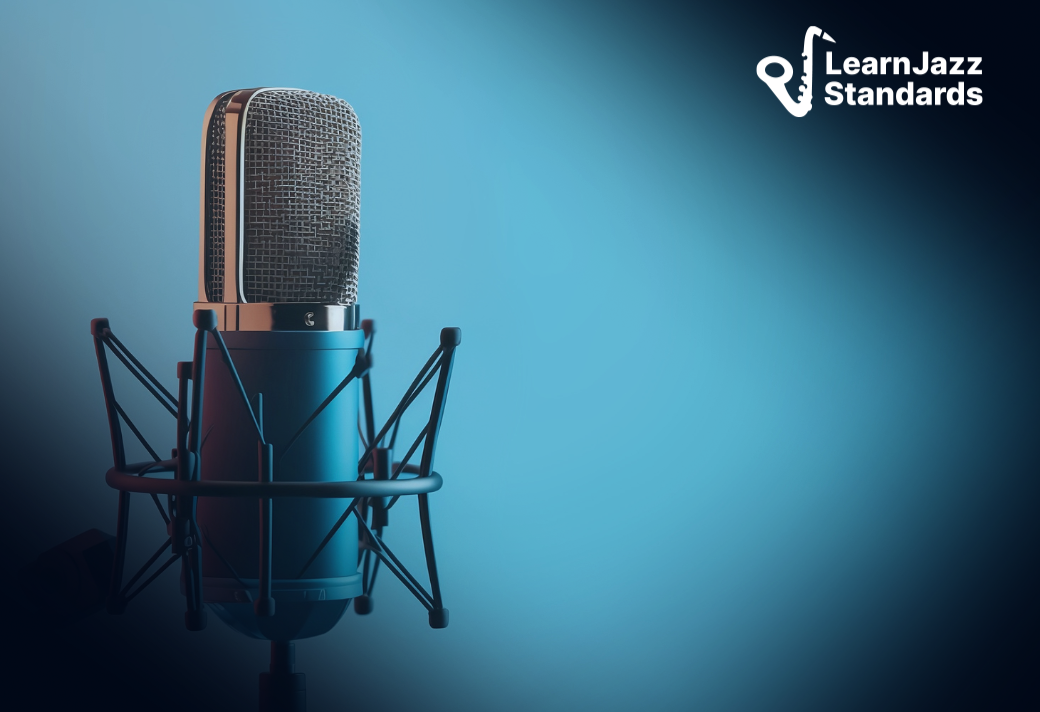If you’ve been following us on Learn Jazz Standards for a while now, you probably know that we always preach the importance of practicing in all 12 keys. We commonly suggest learning licks, songs, and practice improvising over chord progressions in all 12 keys. But why is this so important for a jazz musician to do?
We know that it can be time consuming to do this, and it can seem quite tedious at times. This is why it’s especially important that you understand how powerful this practice is! Let’s go over some great reasons for practicing in all 12 keys:
Your ears will get huge.
I’m not talking about the size of your actual ears of course. Taking licks, chord progressions, and jazz standards through all 12 keys is ear training that pays off big. When you start to take familiar jazz language and play it in a key you are not used to, you begin to rely on your ears more than your intellect or muscle memory.
For example: In jazz, a Bb blues is a fairly common key to play the blues. Many blues tunes are in that key, but have you ever tried to play a B blues? It’s harder than you think!
When you become familiar with a particular key, muscle memory sets in and your ears become conditioned to navigate your instrument in that environment. When you start exploring unfamiliar keys, your ears have to catch up. By taking musical information through all 12 keys you are making the unfamiliar familiar, and this will open up your ears in a way you could never have imagined.
Transposing becomes child’s play.
This is particularly true when you practice jazz standards or chord progressions in all 12 keys. The Achilles Heel of many jazz musicians is the ability to transpose. If you’ve ever played with a singer who calls Stella By Starlight in the key of Eb you know what I’m talking about. In fact, you either have suppressed memories or re-occurring panic attacks from this particular event.
When you take a jazz standard through all 12 keys, not only are you developing your ears, you are forcing yourself to understand how the chords relate to each other. For example:
This is the first 8 bars of Autumn Leaves (in Bb major). You could also think of it in G minor, but for our sake, lets do Bb major. Notice how I defined the chords by numbers, and then grouped them into chord progressions. This way, I’m able to think of how they relate to each other better. The major change in this particular song is when we make the ii-V-i to G minor. By defining that the Gmin7 is the vi chord in the key of Bb major, it becomes much easier to know its function in the tune.
Taking songs like this one through all 12 keys forces you to understand how it works, and solidifies that you really, truly know it.
It will be yours forever.
Okay so I can’t promise the forever part, but after you take the line, lick, or standard through all 12 keys, I guarantee it will be solidified in your memory. Repetition is key, and when you take musical information through all 12 keys you are bound to be repeating it many times.
Let’s just say you are working on a ii-V-I lick. We can be conservative in saying that it will take you at least 10 times to truly feel comfortable playing it in one key. Apply that to all 12 keys and do the math: 120 repetitions at the minimum, and that’s only one practice session. The added bonus is you’re making your ear and your brain think harder when you are doing more than one key, which further ingrains it into your memory. If you ever want to memorize any kind of musical content, this is the way to do it thoroughly!
Practicing in all 12 keys may be hard work, but in the end it can really pay off. Start adding this to your practice routine today and let us know how it’s working for you!












